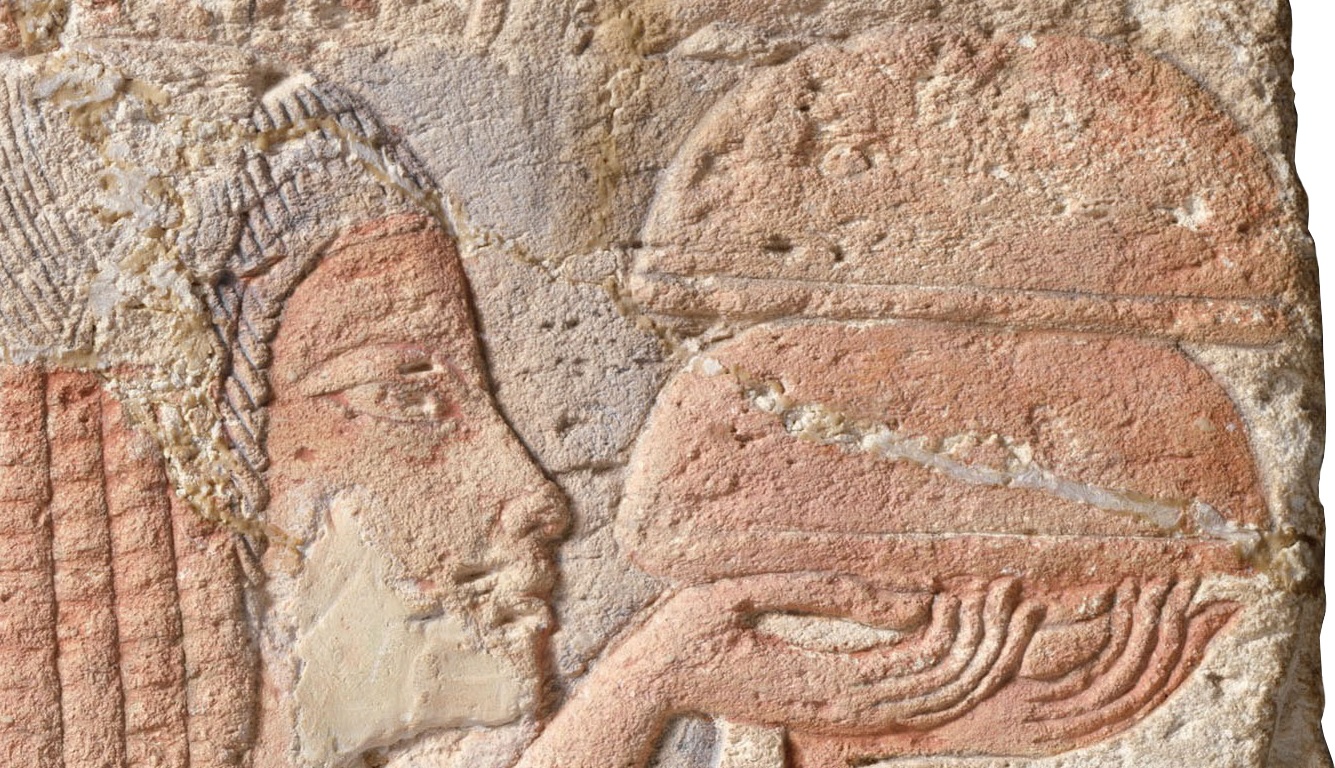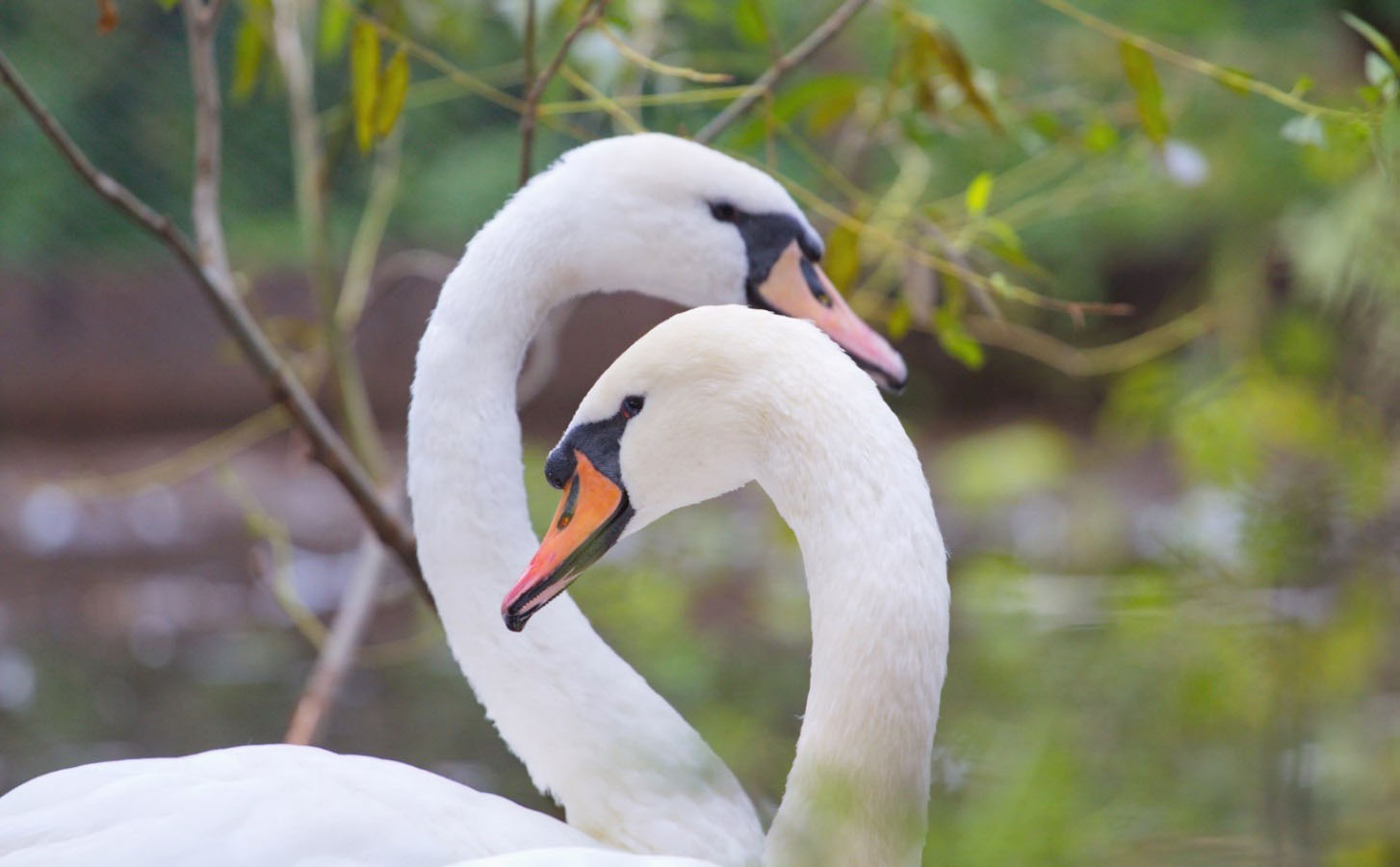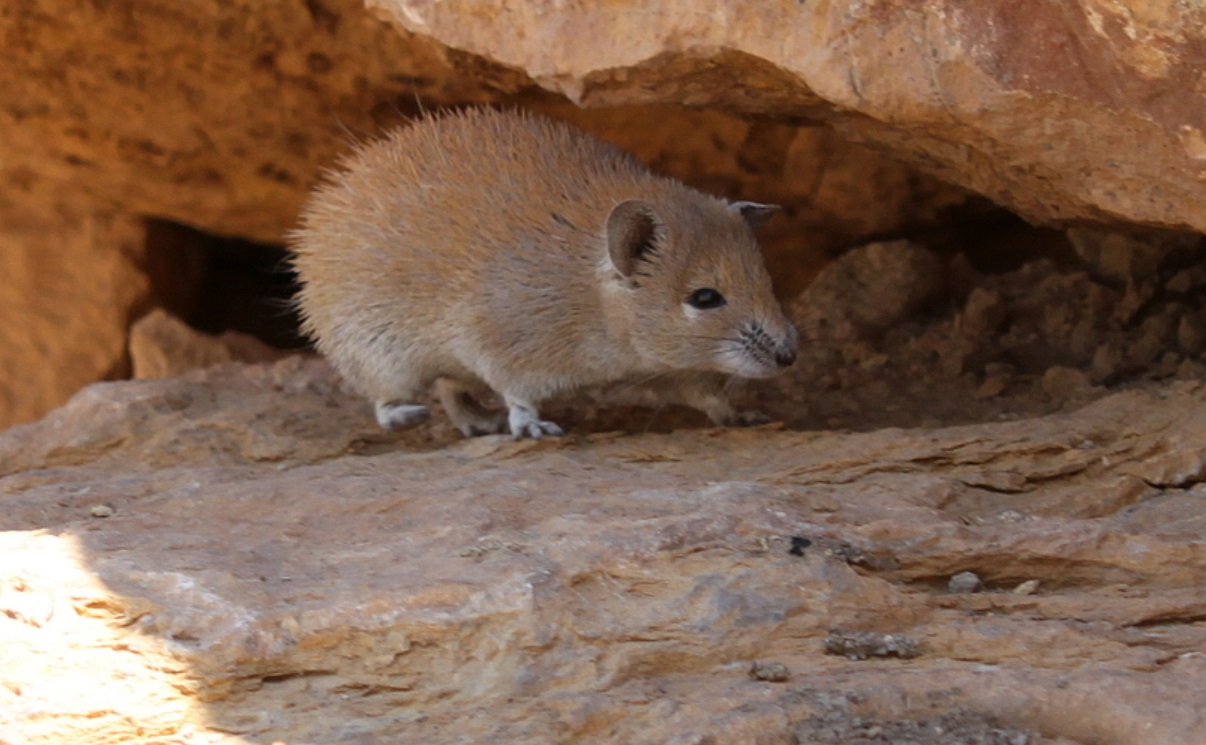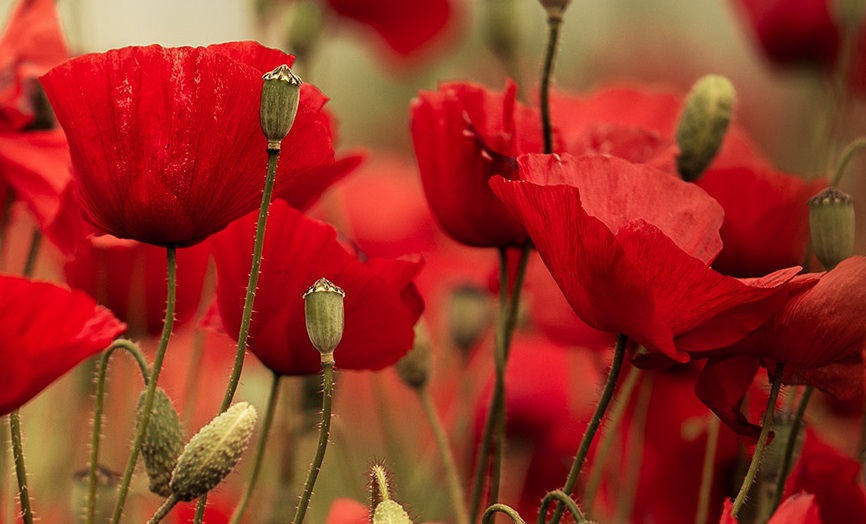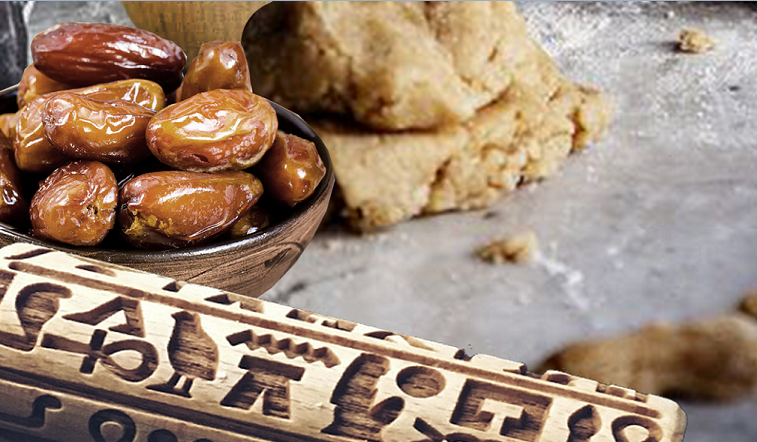Bread was a staple in ancient Egyptian diet. Made from a variety of ingredients, bread loaves of different sizes were made in a variety of shapes, including human figures and animals. They were often elaborately decorated and whole or cracked grain was frequently added, resembling the multi-grain breads baked nowadays. Experiments conducted to solve ‘the…
Swans in Ancient Egypt
Swans must have had some symbolic significance in ancient Egypt as statues of them have been found in royal burials. Associated with music in classical times, these birds might have also decorated ancient Egyptian musical instruments. Two species of swans – Whooper swan (Cygnus cygnus), and Mute swan (Cygnus olor), are known as winter visitors…
The Mouse as Vizier
The Egyptians were quite fond of fables and they veiled in them much of their knowledge and philosophy. In the story about a mouse who became a vizier, correcting injustice with another injustice angered the king so much that he declared that all mice would live underground forevermore. In the kingdom of the animals there…
Poppies in Ancient Egypt
Field or corn poppy (Papaver rhoeas L.) is one of the frequently represented flowers in ancient Egyptian art. Field poppies grew as weeds among ancient Egyptian cereal crops but were also cultivated. Frequently represented in Egyptian garden, the crimson flowers were used to fashion fresh bouquets, which also played an important part in the cult…
Tiger nut sweets: Rekhmire’s favorite dessert
When ancient Egyptians prepared for death, they painted the walls of their tombs with scenes of what they enjoyed most during life, believing that gods would provide an abundant supply of the same in the next life. Rekhmire, a vizier during the New Kingdom, seems to have relished a particular dessert – tiger nut sweets,…
